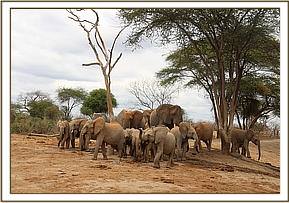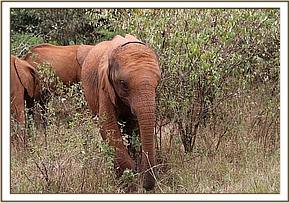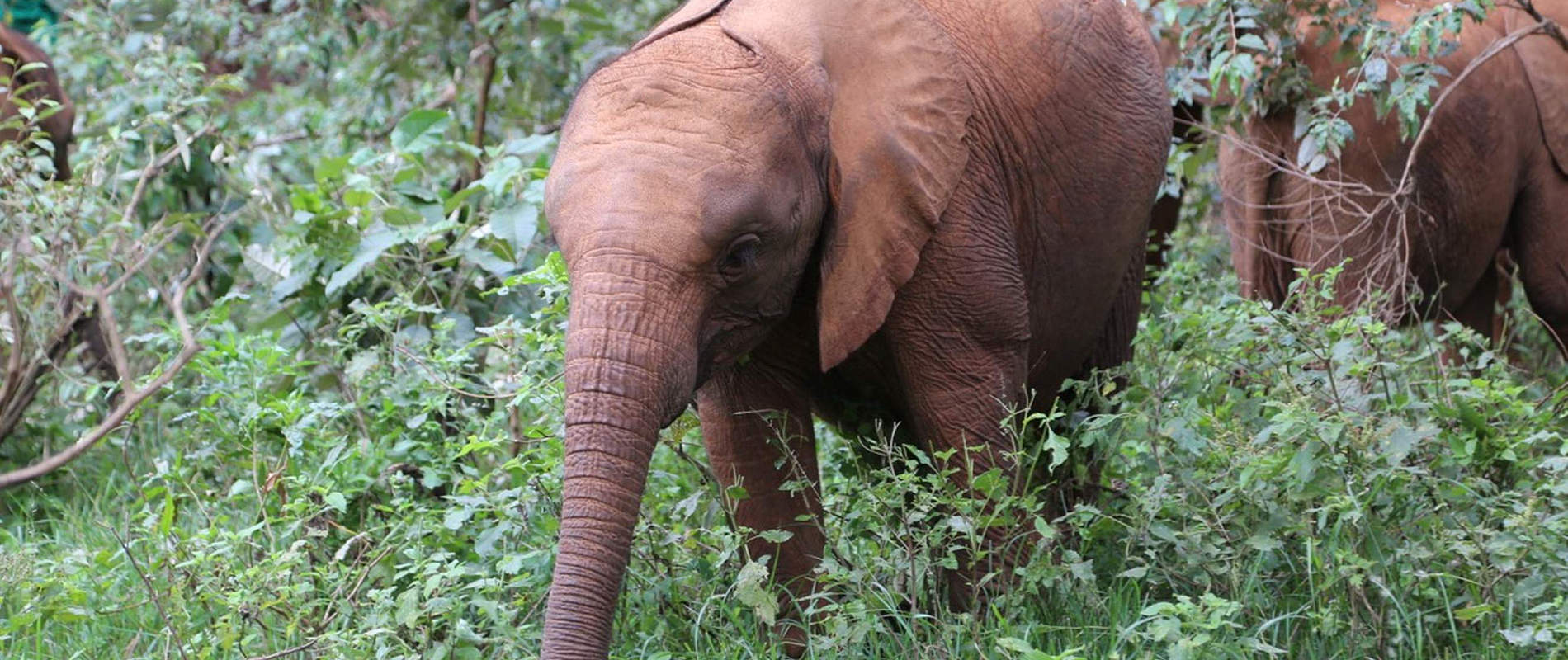On Saturday 24th September, the opening day of CITES CoP17 (Convention on the International Trade in Endangered Species of Wild Fauna and Flora), the David Sheldrick Wildlife Trust once again joined in the Global March for Elephants and Rhinos
On Saturday 24th September, the opening day of CITES CoP17 (Convention on the International Trade in Endangered Species of Wild Fauna and Flora), the David Sheldrick Wildlife Trust once again joined in the Global March for Elephants and Rhinos.
Having planted the seed for the marches three years ago when we organised the first International March for Elephants through our iworry campaign, the DSWT remains committed to supporting what has become a truly global movement for both elephants and rhinos. To witness the growth of this movement has been inspiring, as more and more people take up the mantle for these two highly threatened species.

This year, the marches were organised to begin on the opening day of the CoP17 (Conference of the Parties), during which time delegates representing 183 countries will decide the fate of elephants and rhinos, among other species, with the decisions they take. As a field based organisation, operating Anti-Poaching Teams, Aerial Surveillance Units and Mobile Veterinary Teams, we at the DSWT have been witness on a first-hand basis to the impact increased demand for ivory has had on elephants. That demand, which was fuelled by a previous CITES decision to allow for the one-off sale of more than 100 tonnes of stockpiled ivory to China and Japan, has seen elephant numbers decimated across Africa. Figures recently revealed by the African Elephant Census, which took two years to complete, further demonstrated the impact. In the area surveyed, which covered 93% of the elephants’ range there are now just 352,271 (tragically this figure will already be lower, given the report was completed over one month ago). Between 2007 and 2014, elephant populations fell by a staggering 30%, while in Tanzania they have plummeted by 60% in just five years. The census went on to state that at current rates we could see 50% of the remaining population lost in the next 10 years. It’s what is behind all these figures that sends shudders down the spine. Individual lives brutally brought to an end with snares, poison arrows, gunshots and traps, many animals not killed instantly, leaving them to walk for hours, days and even weeks carrying fatal wounds that slowly but surely will kill them. In Kenya, where we operate four Mobile Veterinary Teams with the Kenya Wildlife Service, and a Sky Vet project, we have been fortunate to save the lives of thousands of these injured elephants. However we haven’t been able to save them all and, across the continent, tens of thousands of elephants are being killed every year. Delve deeper still and you will find orphaned elephants, for a poacher does not care if an animal is a mother with a suckling calf, totally reliant on its mother for its own survival. These are the forgotten victims, left to die from starvation, dehydration or by predators – their fate sealed by an illegal human act. Except in Kenya, for those we at the DSWT have been able to rescue. Working alongside KWS and often with the support of other NGOs, we have been able to rescue hundreds of orphaned elephant calves over the years and more than 100 of these once fragile and ill-fated babies are now living a full and natural life back in the wild. In fact many have gone on to have their own wild born calves and, in at least one instance that we know of, to become grandmothers!















